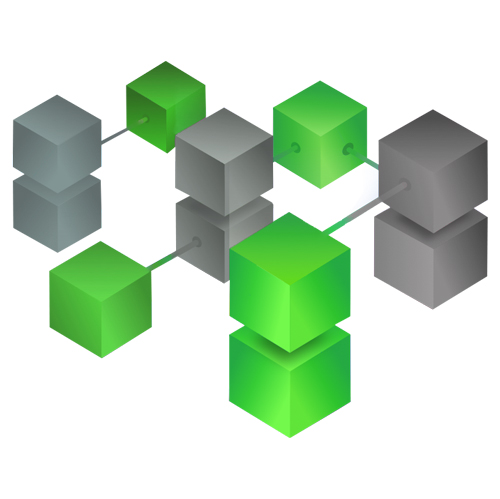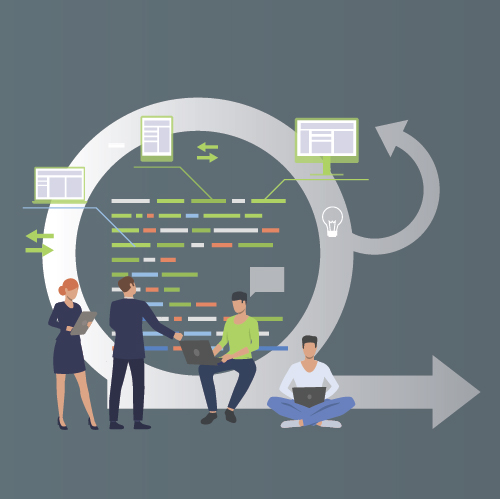While manual testing has been a standard practice for some time, it struggles to keep up with the demands of Agile and Continuous Delivery methodologies. With frequent changes and updates, manually testing every aspect of the software becomes increasingly challenging. In this article, we’ll explore some of the most common challenges encountered by manual testers as well as the most effective strategies to overcome them.
Challenge: Time Limitations
Manual testing often means “juggling” project deadlines alongside comprehensive testing, which is a significant challenge. Testers frequently encounter time pressures that may result in insufficient test coverage or rushed testing, potentially compromising the product’s quality. Finding the right balance between “delivery on time” and “in-depth” testing requires effective time management and prioritization strategies.

Solution:
Prioritize Testing Scenarios
Firstly, prioritizing testing scenarios is crucial in manual testing, especially when time is tight. By identifying and focusing on critical test scenarios vital to the application’s functionality and the potential risks, testers ensure that essential areas get the coverage they need within a limited time. This smart approach allows for more efficient use of resources and provides maximum testing coverage despite time constraints.
Risk-Based Testing Methodologies
Using risk-based testing methodologies is another smart move when time is limited for manual testing. By evaluating tests based on their potential impact on the application and business goals, testers can manage time constraints effectively while still covering high-risk areas. This approach helps testers concentrate on areas with the most significant risk and optimize testing efforts to address potential issues within the available time.
Planning and Scheduling
Sometimes creating on-point test plans and schedules can be essential for navigating time limitations in manual testing. By outlining testing objectives, scope and timelines, testers establish a roadmap for their testing activities, ensuring that efforts are coordinated and efficient. Setting specific milestones and regularly reviewing the test plan allows for ongoing progress monitoring and adjustments to optimize testing within the given time frame.
Optimization
Optimizing test execution is vital to maximizing testing coverage and efficiency within time constraints in manual testing. Strategies such as the following can help streamline the execution process and maximize the available time:
- grouping related tests
- minimizing setup and teardown time
- using parallel testing
These tactics speed-up testing, reduce unnecessary steps, and ensure testing efforts are focused on achieving desired outcomes within the time limits.

Challenge: Test Case Management
Managing a large volume of test cases manually can be overwhelming and time-consuming. Challenges arise in organizing, updating and tracking these cases, resulting in inconsistencies and inefficiencies across the testing process. This issue becomes particularly noticeable during the Regression phase, where it can cause confusion regarding requirements that sync with the test cases and lead to execution delays.
Solution:
Adopting a simplified approach to writing test cases is crucial for maintaining agility and efficiency in dynamic projects characterized by constant changes and tight deadlines. Utilizing test outlines with a “Given-When-Then” syntax can streamline the process, providing a clear structure that allows quick adaptation to change without requiring extensive rewriting of traditional test cases. Also, using standardized test case templates boosts this method by offering ready-made frameworks for typical scenarios or functions. This helps testers easily access structured test cases and ensures broader coverage of required changes, making testing smoother in dynamic projects.
Furthermore, allocating specific time for reviewing and updating existing test cases is essential during task breakdown. When requirement alterations occur late in a sprint, testers may focus on running as many tests as possible within the available time frame.
When the requirements change at the last minute, it’s important to let everyone know that we may not be able to thoroughly test everything before the deadline. By being upfront about this challenge, the QAs ensure that everyone understands the situation at the end of the sprint. This helps developers and stakeholders know what to expect and allows them to set realistic timelines for testing. Clear communication helps everyone work together to handle these changes effectively.
Challenge: Repetitive Tasks
Manual testers often encounter the challenge of repeatedly executing the same test cases across various iterations or releases of a software product. This continuous repetition not only leads to a sense of monotony but also contributes to decreased productivity over time. Moreover, the repetitive nature of executing identical test cases increases the likelihood of overlooking potential defects in the system. This repetitive cycle can decrease testers’ enthusiasm and engagement, which can then impact the overall process and potentially lead to uncaught bugs into the software.

Solution:
To address the repetitive tasks that come with manual testing, one of the best strategies is to automate the execution of test scenarios that repeat frequently and cover the essential functions of the software. This means identifying the test cases that remain stable, repeat often, and don’t change much across different versions or updates of the software. By pinpointing these consistent and repetitive test scenarios, teams can leverage automation tools to streamline their testing processes. Automating these tests reduces the need for manual effort and ensures that tests are carried out consistently and reliably every time.
Moreover, automating repetitive tasks allows manual testers to focus their time and energy on more challenging and exploratory testing activities. This shift in focus not only improves the productivity of manual testers but also enhances the overall efficiency and effectiveness of the testing process. By reallocating resources from repetitive tasks to more complex testing endeavors, teams can uncover potential issues and areas for improvement that may have otherwise gone unnoticed.
Overall, by embracing automation for repetitive tasks, manual testing teams can unlock new levels of efficiency, productivity, and quality in their testing efforts.

Challenge: Communication and Collaboration
Effective communication and teamwork are absolutely vital in manual testing. Testers act as the bridge, linking developers, business analysts, and all other project participants. That’s why being on the same page is crucial. However, things aren’t always as smooth as they seem. With methodologies prone to constant change, important details can easily slip away. When everyone’s focused on different tasks, misunderstandings and misinformation can quickly arise.
Solution:
Collaboration between developers and QAs is crucial to enhancing testing effectiveness. By sharing knowledge with testers from the outset of development, developers empower them to make informed decisions about test prioritization, ensuring software quality and functionality. This collaboration streamlines the software development process, making it more effective and time efficient. A strategic approach involves:
- Scheduling additional meetings whenever new changes occur or additional questions arise from the requirements.
- Updating requirements in User Stories after each sync centralizes information and ensures everyone is on the same page.
Establishing new communication channels improves transparency, keeping all stakeholders informed and aligned with project developments. Empowering testers to make informed decisions not only benefits developers but also ensures comprehensive testing, making software components ready for deployment after each sprint. This approach not only eases the workload for QA testers but also guarantees that software products meet business requirements and function optimally.
Technical Challenges:
In manual testing, in addition to functionality testing, there are many technical challenges on a daily basis. Testers need to ensure that the software works well on different levels. The software should be checked to see how it performs under different conditions, such as:
- Various scenarios when a large number of people use the application at once (performance testing).
- Keeping the software safe from hackers (security testing).
- Ensuring the software works on various devices and systems (compatibility testing).

Solution:
Exploring the world of testing tools can be daunting, but it’s okay to take it one step at a time. Testers shouldn’t feel pressured to become experts overnight in every field of software testing. Mastery comes with practice and experience.
Start by familiarizing yourself with the basics of the tools you’ll be using. Reach out to colleagues who have more knowledge in the fields you are interested in so they can give you guidance and tips. They’ve been where you are and can offer valuable insights. It’s also beneficial to prioritize your learning objectives. Decide what areas of testing you want to focus on first and gradually expand your knowledge from there.
Once you feel comfortable with the knowledge level you have gained, try to incorporate it into your everyday work. Also, collaborating with your QA peers by splitting tasks between different testing types can provide better exposure to various aspects of testing, allowing you to build your skillset and gain a deeper understanding of the field.
Conclusion
Manual testing plays a vital role in ensuring the quality and reliability of software products, yet it has its challenges. These challenges merely scratch the surface, as testers encounter many more in their day-to-day work. By recognizing and addressing these common challenges, testers can enhance the effectiveness and efficiency of their testing efforts. It’s essential for testers to stay updated on the latest trends and approaches in the testing world to tackle common problems with fresh solutions. Don’t be afraid to try new things and step out of your comfort zone.

Author
Boris Kochov
Quality Assurance Engineer
















































































